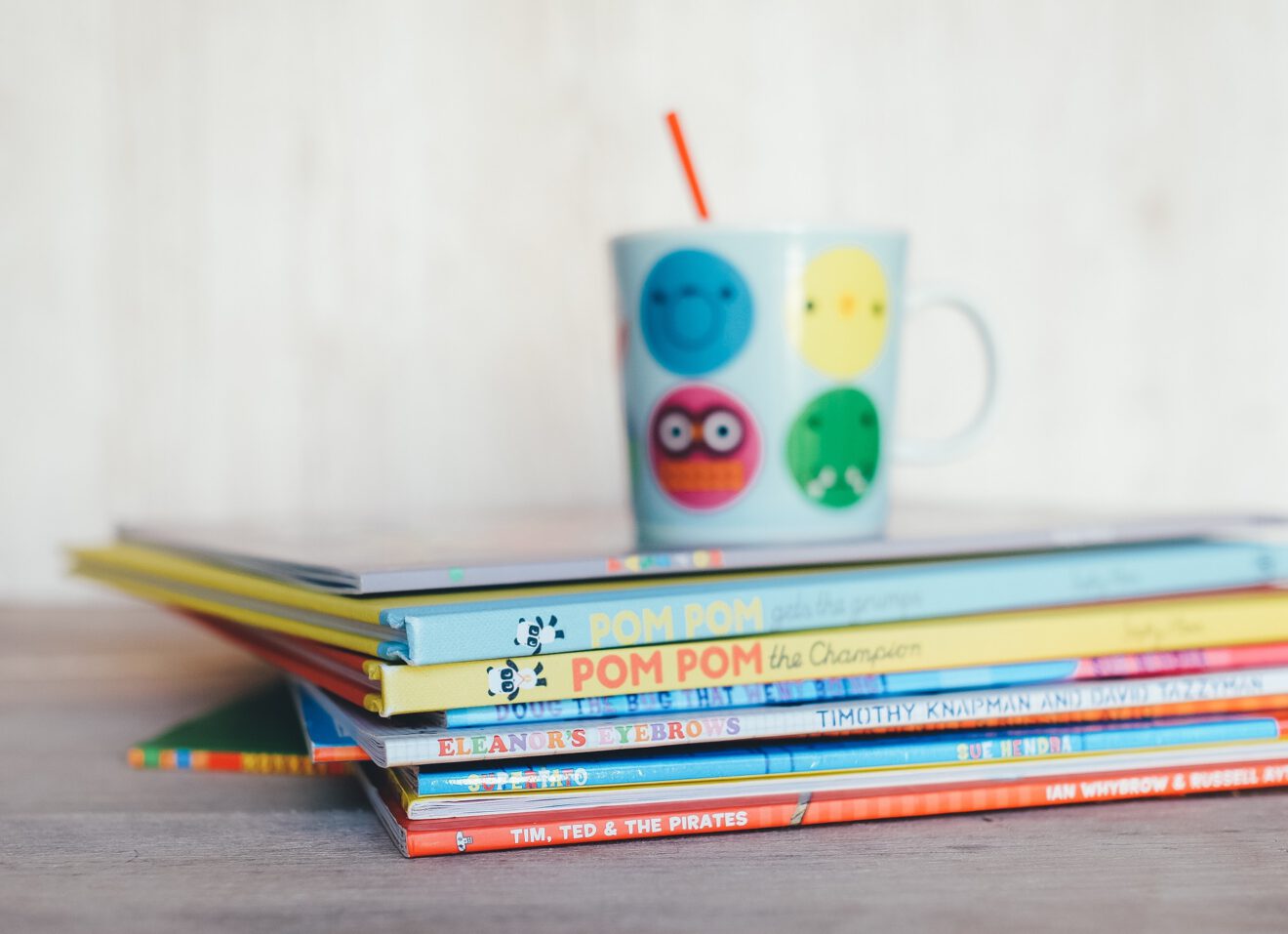I discovered the magic of music when I worked with toddlers during a weekly story time I held for the community at my school library. Many of these children were shy English language learners (ELLs), and songs would instantly perk them up and get their attention. Students are naturally motivated by music, so we couldn’t help but sing, clap, and dance along to the many books we read together.
Cantata Learning books include songs and rhymes that make reading fun and easy for a wide variety of students. There are many great books about science and history concepts, such as famous scientists, the water cycle and planets. I used the books with my pre-K and kindergarten ELLs once a week to work on building vocabulary and foster a love for reading.
The songs, pictures and movements helped students connect with the books’ content. We often danced and made up motions for the songs together. The engagement allowed them to learn and remember words at an accelerated rate. This process involves several of the learning modalities — audio, visual and kinesthetic – so students have multiple ways to access the information later.
I remember the book “Head, Shoulders, Knees, and Toes” was especially engaging for the students and teachers. I started the lesson by telling students we were going to learn a new song to help us remember the words for different parts of our body. They pointed to their head, shoulders, knees, and toes with the help of their teacher assisting in Spanish if needed.
As I played the song, the students stood up and followed the directions in the song to touch the different parts of their body, mirroring my movements. When the song finished, we listened to it one more time. This time, the students were singing the new words and confidently pointing to the body parts as the song played. At the end of the lesson I asked them to find many of the new parts of their body mentioned in the book, and they were able to find them and point to them easily.
Pairing books with music has allowed my students to build vocabulary in a fun, engaging, and non-threatening way. Students loved them so much that they often requested to play the songs again and again.
Karyn Lewis is a pre-K–-5 librarian at Meadow Wood Elementary in Texas.
__________________________________________
Tech Tips is a content collaboration between SmartBrief Education and GreyED Solutions. Have a tech tip to share? Contact us at [email protected]
__________________________________________
Like this article? Sign up for SmartBrief on EdTech to get news like this in your inbox, or check out all of SmartBrief’s education newsletters, covering career and technical education, educational leadership, math education and more.
